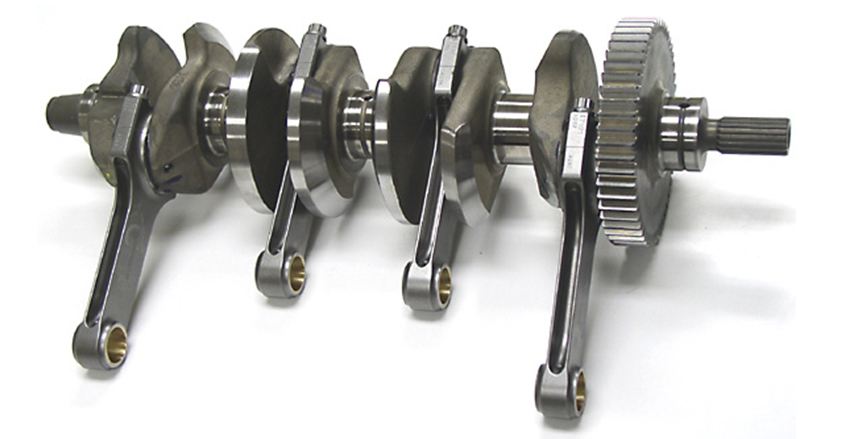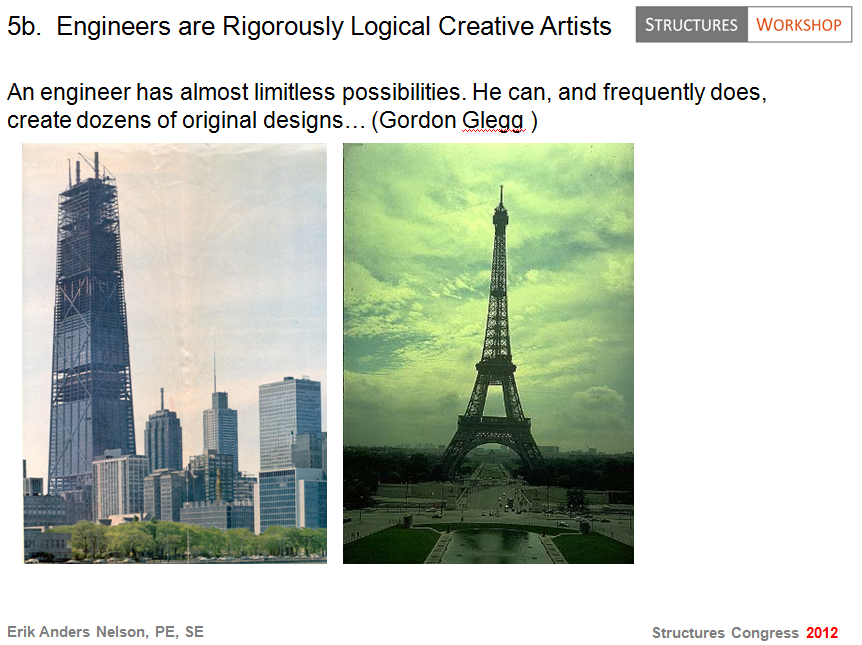We were designing and building things long before we had a “scientific” methods and mathematical solution techniques – and we still do today. Did we need to wait for mathematical understanding of a hanging chain before we could build catenaries? Of course not. We didn't need to wait for Galileo and Bernoulli to create architecture. We didn't need Euler to design columns. We as structural engineers should recognize that while science and math are critically important to what we do, they do not define us - and history tells us, they never did. How can we be defined as applied scientists when engineering predates science? I am particularly suspicious of the idea that our masterbuilders, craftmen, and masons of the past did not understand flexure and compression basics (top of beam is in compression for example or rules for column slenderness). They may not have had the proper formulas but they certainly had a better intuition than we give them credit. Yes, Leonardo Da Vinci and Galileo were the first to "discover" bending stress by writing it down, but it was used as rules of thumb by our builders well before that time.
In the book "Structural Engineering: The Nature and Theory of Design" William Addis quotes the following statement from Karl Terzaghi challenging the idea that theorey leads to practice:
History shows us that there is hardly a single concept of practical importance in the field of structural engineering that was not instinctively anticipated and used with success in design and construction by individuals or groups of engineers many centuries before applied mechanics came into existence.
In Henry Petroski's book Remaking the World, he states:
Some of the first modern engineers did not apply science but rather led science. The science of thermodynamics may be viewed as an application of steam engines, and rational structural analysis as an application of bridge building. The view of scientific discovery as depending on the ingenious craftsmanship of instruments, and thus following technology, convincingly flies in the face of the conventional wisdom that technology is mere applied science. [Petroski, 1997, 17]
So according to this, Science is Applied Engineering











